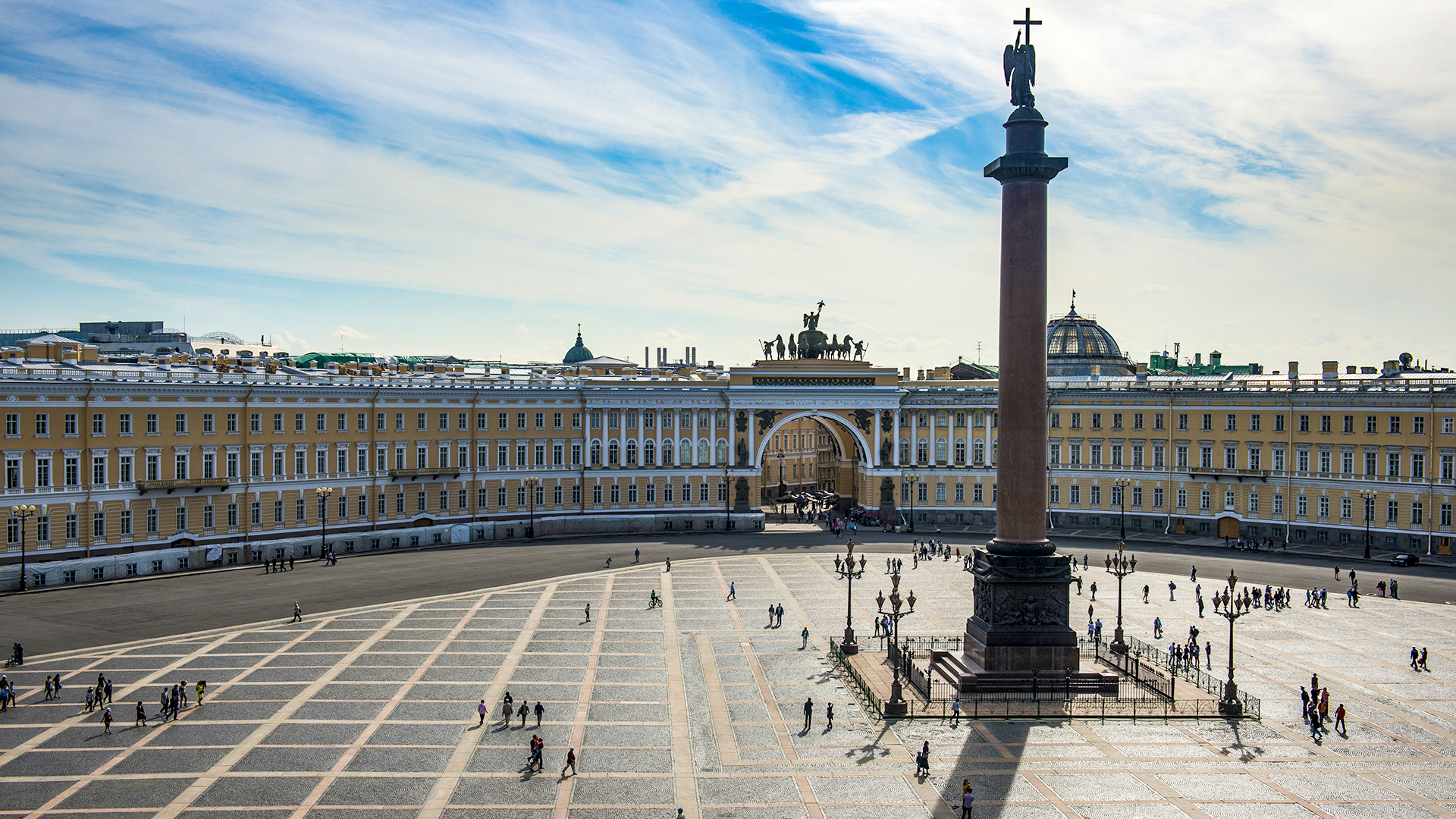
4 facts about the unique Triumphal Arch in Moscow

It was rebuilt twice

The victory in the Patriotic War of 1812 caused an unprecedented rise in patriotism and pride in Russian society. The troops returning from the Paris campaign of 1815, together with Emperor Alexander I, were met in their homeland with a truly triumphant reception. According to various sources, a wooden Triumphal Arch was erected at the Tverskaya Zastava to meet the emperor in Moscow. But, later, Muscovites, wishing to pay tribute and memory to all those who fought in the war, decided that a stone arch was absolutely necessary. The construction of one was completed in 1834. Under the sculptural equestrian composition created by Ivan Vitali, there was a plaque dedicated to Alexander I with the text by Osip Bove, the project architect. Therefore, before the revolution of 1917, the Triumphal Gates were often called the ‘Alexander Gates’.
Priests refused to consecrate the monument

At the grand opening ceremony of the arch, there was an embarrassment: The Moscow clergy refused to consecrate the monument, because they were confused and disconcerted by the sculptures and reliefs. The fact is that sculptors Ivan Vitali, Ivan Timofeev and Fyodor Tolstoy decorated the arch with allegorical statues of ‘Firmness’ and ‘Courage’, sculptures of the goddesses of Victory and Glory and other inhabitants of ancient Olympus. And the reliefs were adorned with the Roman Minerva and the Greek Hercules.
In Soviet times, it was dismantled

The development of Moscow, the new capital of the USSR, meant that city authorities had to adjust the city plan and the arch began to interfere with city traffic. So, it was dismantled in 1936. Some fragments were transported to the Donskoy Monastery, on the territory of which an architecture museum was then located. But, in the 1960s, the Battle of Borodino (the main one in the war of 1812) was remembered and it was decided to celebrate another anniversary with pomp. At that time, writer Sergei Markov came forward with a proposal to restore the Triumphal Arch. And city authorities supported the idea.
Resurrected in a new place

However, it was impossible to erect the structure in the original place: the arch would have blocked the already existing highway. Then, city authorities remembered the plans of 1946 to improve the avenue leading up to the Kutuzovskaya Sloboda.
Since only small details of the entire structure remained, the arch had to be practically revived – according to archival drawings and photographs. But, by November 1968, the work was completed. The inscription on the Triumphal Gate was changed: Now it was no longer dedicated to the triumphant Tsar Alexander I, but to the common victory in the war of 1812.
This material is published in an abridged form – the original was published in the ‘Russian World’ magazine.












